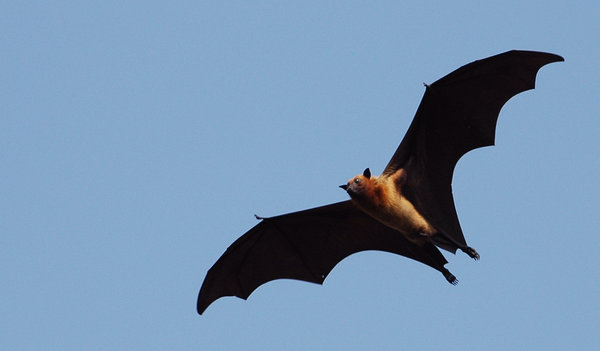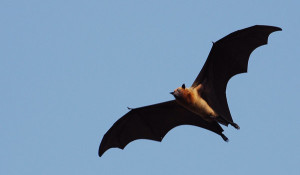Weekly Science Picks


Well, it’s a new day in Australia with the election of Tony Abbott. It will be interesting to see what changes may be ahead for environmental laws and science.
But this is Weekly Science Picks and not a political roundup at the moment, so let’s get started on some of the fascinating stories in the world of science this week.
With H.I.V., SARS, and now MERS, a virus catalog seems like a good resource to have for future and potentially deadly epidemics.
A Catalog for All the World’s Viruses? by Carl Zimmer
In a new study published in the journal mBio, Dr. Anthony and his colleagues have taken an initial step toward such a catalog by exhaustively searching for all the viruses that infect a single species of mammal — a bat known as the Indian Flying Fox. They found 55 viruses, 50 of which are new to science.
If you had hopes of escaping planet Earth and heading to your lunar estate for some peace and quiet…well, you might need to think again.
Why we might not be able to live on the Moon by Philip Ball
A new paper in the journal Geophysical Research Letters drives another nail into the coffin of lunar living. It suggests that what was at first taken to be bright, reflective ice in the Shackleton crater is in fact more likely to be white rock.
An intriguing story about land, mining and the afterlife.
Inside the Battle Over a Strip-Mine Cemetery by Pat Walters
To your rear will be 40 graves—old men and women, small children, veterans of conflicts from the Civil War to World War II—surrounded by a white, split-rail fence and a thin ring of trees. Underfoot: approximately four billion dollars’ worth of coal.
To cap off this week’s edition, a story by Australian Science’s own, Danielle Spencer. What an incredible job to engage children in science and guide them on their journeys of exploration and discovery of the world around them! Take a look at Danielle’s latest post about teaching a unit on space to her students.
Where does the Sun Go at Night? by Danielle Spencer
Now other than being highly entertaining to read, identifying children’s misconceptions is an important part of science teaching. Whilst admittedly some of the above responses may have been guesses, the children were asked to provide their best reason. The responses included here are a sample of the wide variety provided by the children.
Burnes K (2013-09-08 07:43:48). Weekly Science Picks. Australian Science. Retrieved: Aug 08, 2025, from https://ozscience.com/news/weekly-science-picks-45/
 Follow
Follow